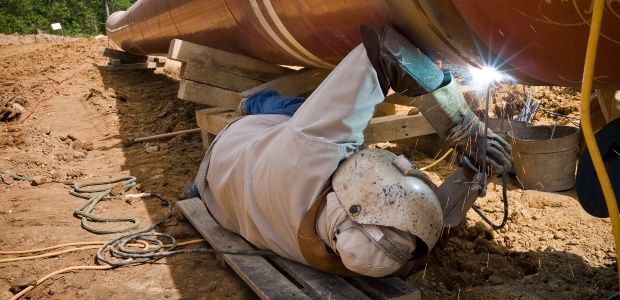
By Jerry Laws
Welding processes require the use of head-to-toe protective gear, from head and face protection to steel-toed boots, as well as ventilation.
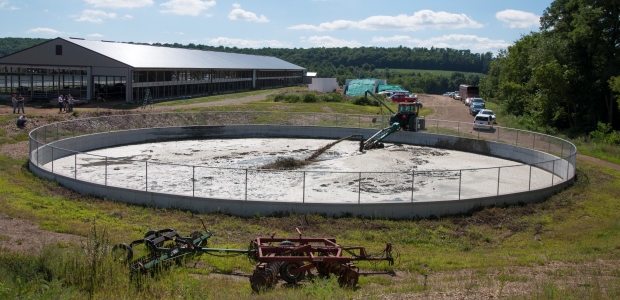
By Mike Platek
There must be ongoing education of farmers, their families, and hired hands on the dangers of gases on farm properties.
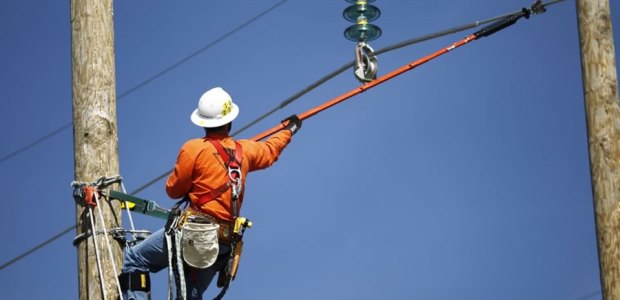
By Jake Hirschi
With the introduction of updated standards such as NFPA 70E 2015, you need to know what they mean.
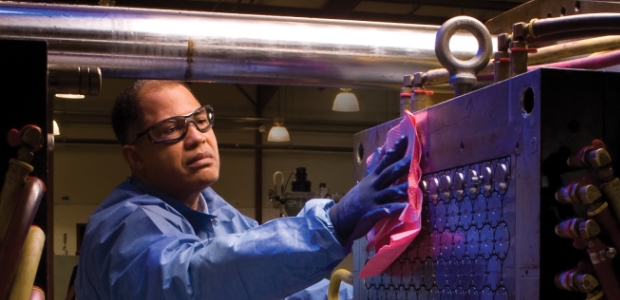
By Linda J. Sherrard
Have a plan and get your PPE program ready before the panic sets in.
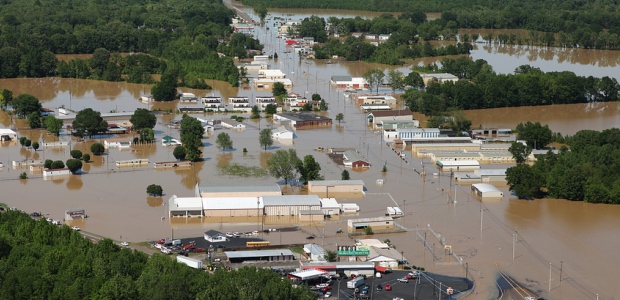
By Chad Kennedy
Contingency planning for continued business operations is a multi-faceted risk management function.
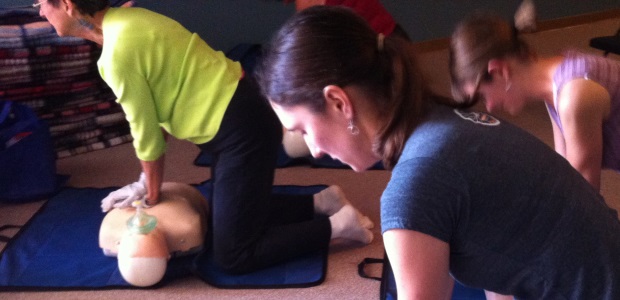
By Dom Tolli
In-class instruction twinned with simulation learning allows learners to "debrief" with instructors after simulations in order to understand their mistakes, ask questions, and then re-try scenarios online.
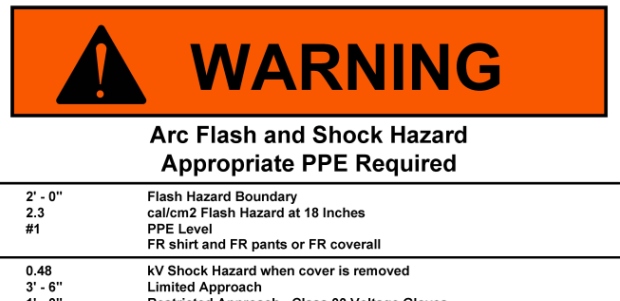
By Thomas Kiddle
Real-world applications have brought on an increasing demand for garments that are suitable for use in environments with multiple hazards.
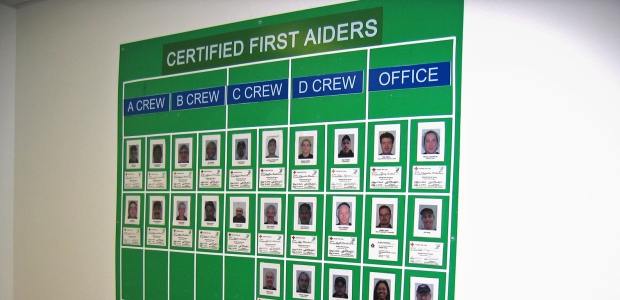
By Rhonda Kovera
Visually presenting who we are can inspire new ideas, benchmarking, and team collaboration.
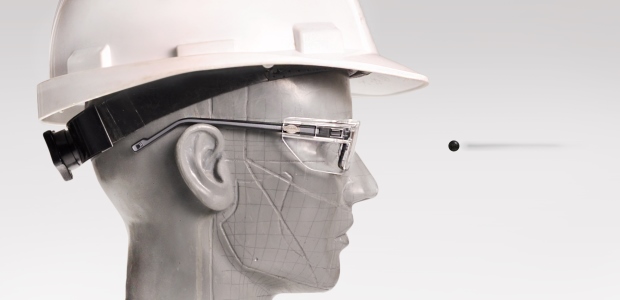
By Ryan Nadler
The markings that are placed on the eyewear convey the protector's capabilities to the employer and employee, and this marking scheme will vary by product type.
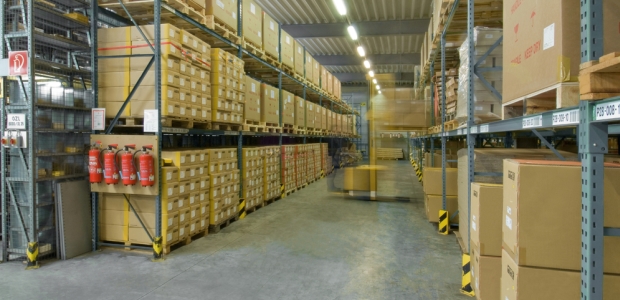
By Jerry Laws
Best practices include completing documented equipment inspections on schedule and consistently performing detailed cleaning of equipment.
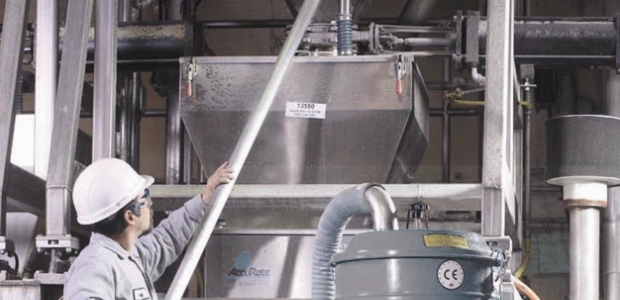
By Paul R. Miller
If you are working in a classified environment and your vacuum is not NRTL-certified, you can be fined and, more importantly, you are risking your facility’s safety every day.
By Shawn M. Galloway
Rather than starting with incentives, seek out and neutralize what might demotivate someone in the first place.
By Robert Pater
Compliance and High Performance are different targets. Leaders can’t have it both ways.
By Jerry Laws
"There's gotta be a better way. If we go chemical by chemical, it'll take us centuries," Assistant Secretary Michaels said.